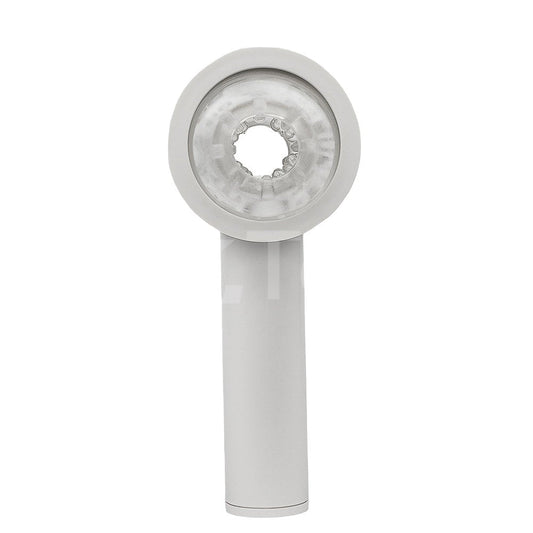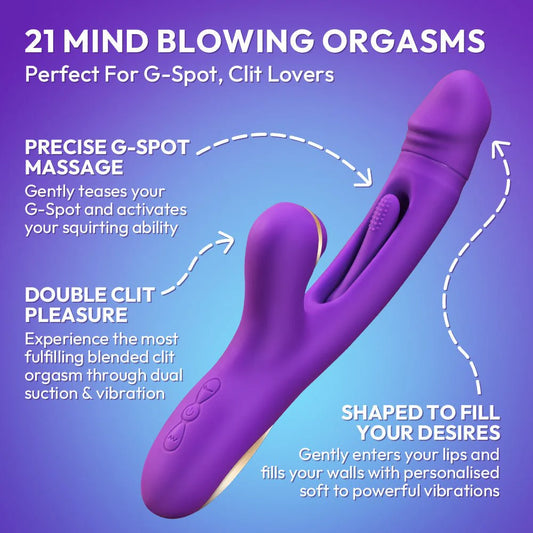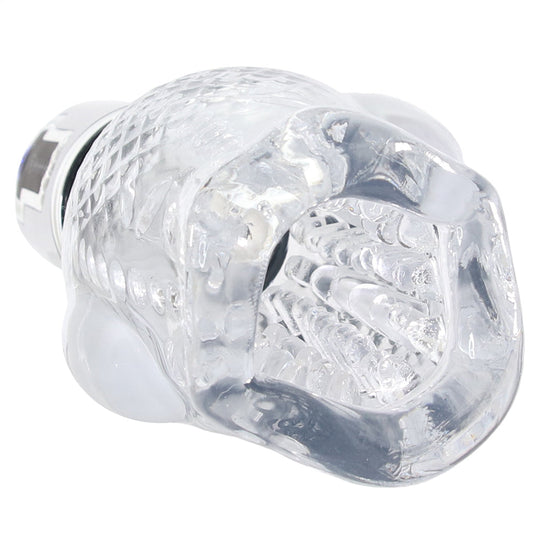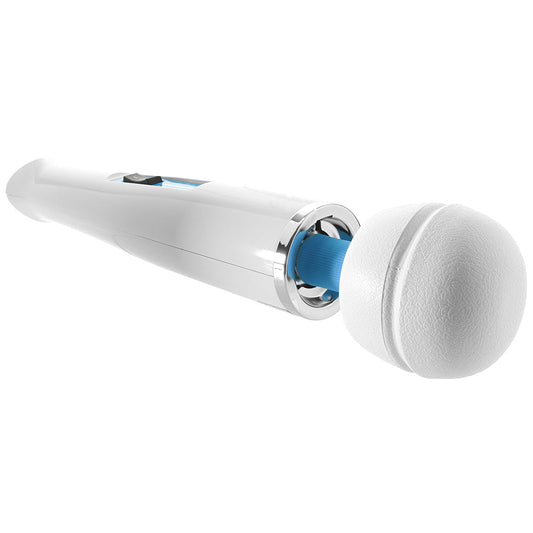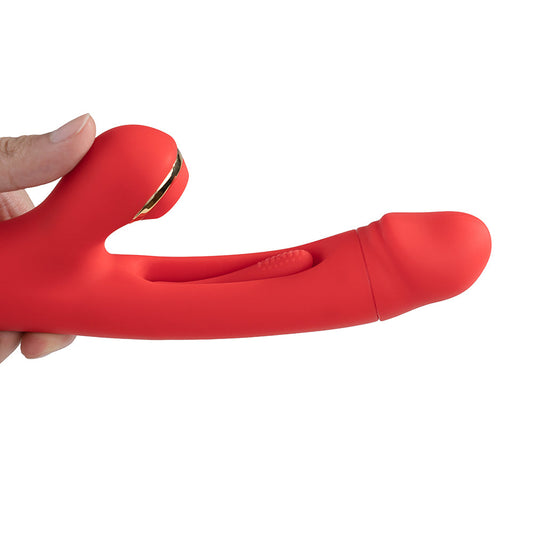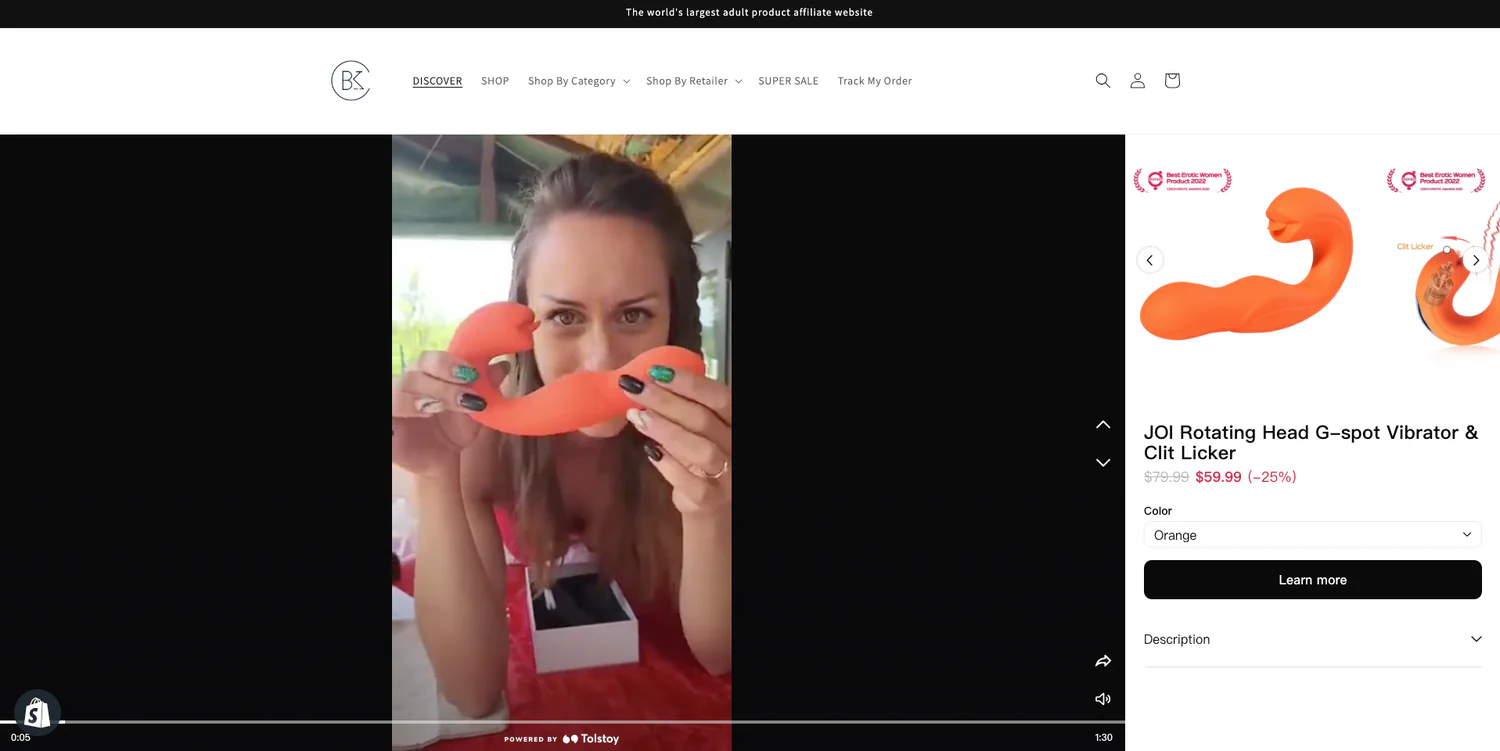The best research estimates that sexual pain afflicts 20% of American women—which breaks down to 15% before menopause and 33% after.
Until recently, many doctors dismissed women’s genital pain as “neurotic,” leaving them doubly wounded—both in pain and disparaged. Some men don’t believe women’s complaints of sexual pain. A few even believe sex should hurt women. Wrong!
Pain is a mind-body experience with physical and emotional components. Stress, anxiety, and depression aggravate pain. It’s important to identify both the physical and psychological components. They respond to different treatments. If one component resists treatment, treating the other may help.
Sex Should Never Hurt
Attention, men: Except for consensual BDSM, sex should never hurt. Some men feel so eager for intercourse that they dismiss women’s complaints of pain. Big mistake. If sex hurts her, she can’t become aroused, which means lousy sex for both of you.
Most Sexual Pain Can Be Cured
In a two-year study, two-thirds of women with sexual pain reported significant improvement. Its many causes include:
Lack of Lubrication
Poorly lubricated intercourse is a major cause of women’s pain. Many perfectly normal women don’t produce much self-lubrication. After 40, lubrication problems become more prevalent. Cunnilingus can supplement women’s natural lubrication. Or use lots of commercial lube.
Lack of Sensuality in Lovemaking
For pain-free intercourse, most women need considerable warm-up time, 20 minutes or more. If men push in before then, women may experience pain. Men should slow down, then slow down some more, and treat women to leisurely, playful, whole-body, massage-based caresses. Intercourse can wait. Give women all the time they need to relax, become aroused, and receptive.
Inserting Too Quickly Or Too Deeply
Even if women are lubricated and feel aroused, they may experience pain if men push in too forcefully. The vagina is not a hollow space. It’s folded muscular tissue that yields most comfortably when the penis enters slowly.
Deep insertion may also cause pain. To prevent it, in the man-on-top position, the man should insert slowly and ask his partner to tell him her insertion limit. In the woman-on-top and rear-entry (doggie style) positions, the man should remain still and allow the woman to back onto his penis at her own pace, always controlling the speed and depth of insertion.
Relationship Issues
If relationships cause women emotional pain, they may experience physical pain during sex. For relationship issues, consult a couples counselor or sex therapist.
Birth Control Pills
The Pill causes overproduction of a hormone that binds to vulvar tissue, and causes biochemical changes that may produce pain. Try another contraceptive, and take supplemental estrogen and androgens to normalize blood levels.
Vulvar Skin Conditions
Women’s external genital skin is sensitive to irritation from douching, pubic shaving, sunburn, latex allergy from condoms, or contact dermatitis from harsh or perfumed soaps, feminine hygiene products, or underwear made from synthetic fabrics. If the vulva appears red or irritated, consult a physician.
Infections
Chlamydia, genital warts, yeast or bacterial infection (vaginosis), and pelvic inflammatory disease may cause pain on intercourse. If pain persists despite a slow pace and lubrication, see a doctor.
Trauma
It may take many years for early life trauma to manifest as pain. Sex therapy can help. So can the excellent book, Healing Sex: A Mind-Body Approach to Healing Sexual Trauma by Staci Haines (Cleis Press).
Oxalate Irritation
Some foods contain compounds called oxalates. Women sensitive to them may develop pain. High-oxalate foods include: celery, coffee, chocolate, rhubarb, spinach, and strawberries. The Vulvar Pain Foundation publishes a larger list. It takes three to six months of low-oxalate eating to experience improvement. A calcium citrate supplement (Citracal) may also help.
Vaginismus
Vaginismus causes muscle spasms that close the vagina, and cause varying levels of pain, from discomfort to agony. Ask your doctor to test for it. It’s usually best treated by a physician-sex therapist team.
Vulvar Vestibulitis (VV)
This condition involves inflammation of the tiny vestibular glands inside the vagina. Q-tip pressure on the glands causes sharp pain. Treatments include biofeedback, Kegel exercises, a low-oxalate diet, support groups, and removing the glands.
Other Conditions
Women’s sexual pain may also be caused by: uterine prolapse, endometriosis, interstitial cystitis, irritable bowel syndrome, and gynecological cancers. Medical work-ups should investigate all of them.
For more on genital/sexual pain, contact: the International Pelvic Pain Society, the National Vulvodynia Association, or the Vulvar Pain Foundation.
Attention, Men!
If women complain of sexual pain, take them seriously. Slow down. Use lubricant. Embrace whole-body caressing. Urge her to consult a physician.
Remember, for great sex, intercourse is not necessary. You can enjoy mutual pleasure and have great orgasms just by using your hands, tongues, and toys.
Women appreciate men who take their pain seriously and offer support during its evaluation and treatment.
References:
Bergeron, S et al. “A Randomized Comparison of Group Cognitive-Behavioral Therapy, Biofeedback, and Vestibulectomy in the Treatment of Dyspareunia Resulting from Vulvar Vestibulitis,” Pain (2001) 91:297.
Binik, Y.M. et al. “Female Sexual Pain Disorders: Genital Pain or Sexual Dysfunction?” Archives of Sexual Behavior (2002) 31:425.
Dunn, K.M. et al. “Systematic Review of Sexual Problems: Epidemiology and Methodology,” Journal of Sex and Marital Therapy (2002) 28:399.
Graziottin, A. “Clinical Approach to Dyspareunia,” Journal of Sex and Marital Therapy (2001) 27:489-501.
Graziottin, A. et al. “Vulvodynia: The Challenge of Unexplained Genital Pain,” Journal of Sex and Marital Therapy (2001) 27:503-512.
Graziottin, A and L.A. Brotto. “Vulvar Vestibulitis: A Clinical Approach,” Journal of Sex and Marital Therapy (2004) 30:125.
Heiman, J.R. “Sexual Dysfunction: Overview of Prevalence, Etiological Factors, and Treatments,” Journal of Sex Research (2002) 39:73.
Lamont, John, et al. “Psychosexual and Social Profiles of Women with Vulvodynia,” Journal of Sex and Marital Therapy (2001) 27:551-555.
MacReady, N. “Biofeedback, Kegels Can Ease Pain in Vestibulitis,” Family Practice News 9-1-2003.
Metts, JF. “Vulvodynia and Vuylvar Vestibulitis: Challenges in Diagnosis and Management,” American Family Physician 3-15-1999. 59:1547.
Reissing, E.D. et al. “Vaginal Spasm, Pain, and Behavior: An Empirical Investigation of the Diagnosis of Vaginismus,” Archives of Sexual Behavior (2004) 33:5.
Simons, J.S. and M.P,. Carey. “Prevalence of Sexual Dysfunctions: Results from a Decade of Research,” Archives of Sexual Behavior (2001) 30:177.



